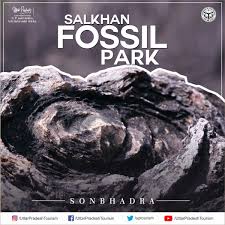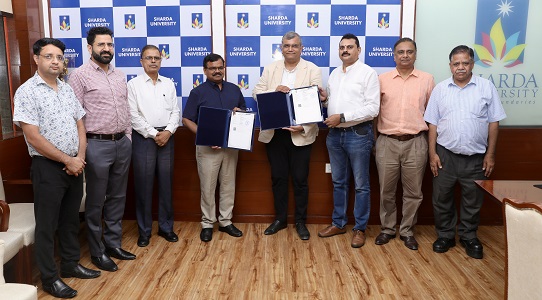Indian Bureaucracy, Lucknow, June 20, 2025| Uttar Pradesh’s Salkhan Fossils Park in Sonbhadra District just scored big! Landing on UNESCO’s Tentative List of World Heritage Sites for its mind-blowing 1.4-billion-year-old stromatolites—some of Earth’s oldest signs of life. Unveiled June 23, 2025, this coup is set to turbocharge India’s eco-tourism scene, blending prehistoric vibes with a red-hot science spectacle that’s drawing global eyes to this ancient gem.
Tucked between the Vindhya mountains and Kaimur Wildlife Sanctuary, the 25-hectare park houses microbial fossils formed under the ancient Vindhyan Sea, offering a window into life’s origins. “These stromatolites rewrite our understanding of early life,” said Vaibhav Srivastava, a geologist at Banaras Hindu University, noting their age surpasses fossils at Yellowstone (500 million years) and Canada’s Mistaken Point (550 million years). The Birbal Sahni Institute of Palaeosciences, through a 2024 partnership, confirmed the presence of blue-green algae and Akinetes, adding credentials to the park’s scientific cachet.
Uttar Pradesh’s Eco-Tourism Development Board, under directives by the state’s Chief Minister, is crafting a dossier for full UNESCO status, expected within two years. “This is a milestone in showcasing our natural heritage globally,” said Mukesh Meshram IAS, Principal Secretary of UP Tourism. The state’s recent Vistadome train initiative, linking Katarniaghat and Dudhwa reserves, signals its eco-tourism push. The park reported an increase in visitor numbers having surged to 100 daily, reflecting growing fascination with the site first studied in 1933.
Salkhan promises an educationally rich and economical prosperous growth, blending preservation with discovery in India’s ancient heartland.





